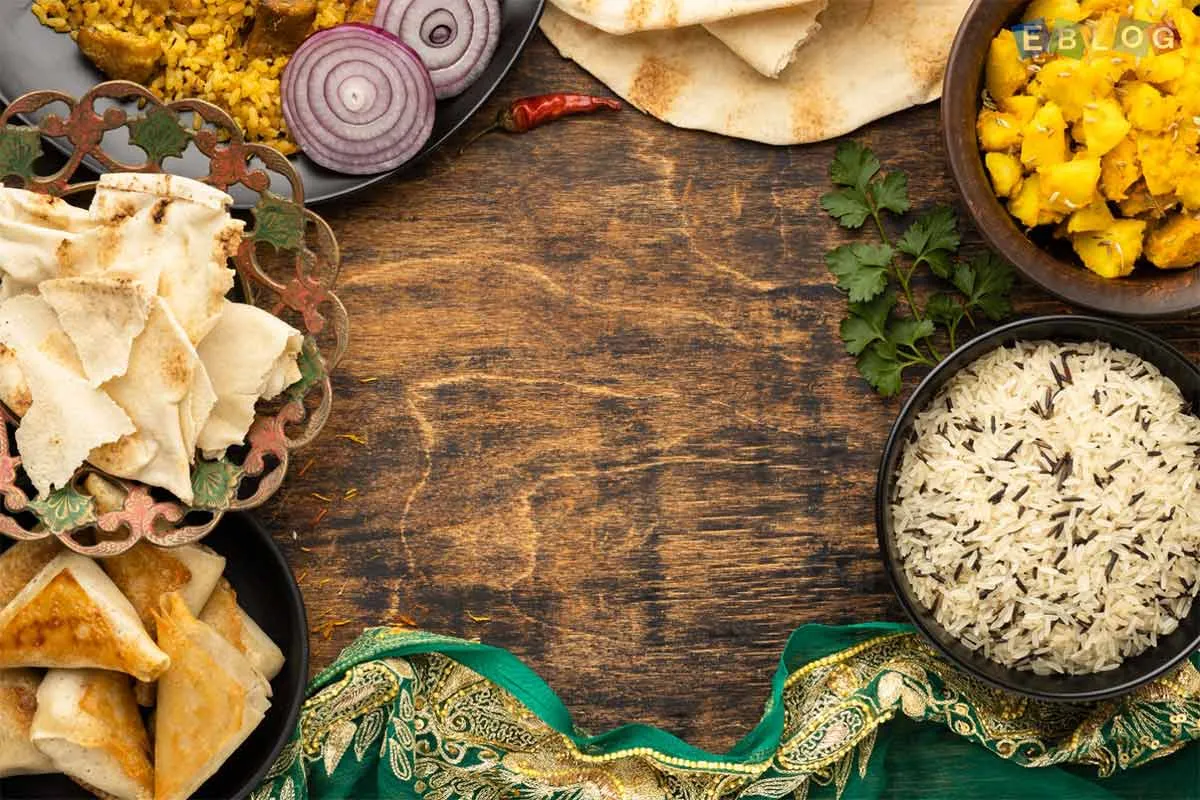
Traditional Indian Dishes and Their History
- 23 Jul, 2025
- Food
- 458 Views
- 0 Comments
India’s culinary landscape is as diverse and vibrant as its culture, with every region boasting flavors, ingredients, and cooking techniques deeply rooted in centuries of tradition. From royal Mughal feasts to humble village fare, Indian cuisine is a living history that reflects its people, geography, and evolution.
In this blog, we explore some iconic traditional Indian dishes and uncover the fascinating stories behind their origins.
1. Biryani – The Royal Legacy
Origin: Persia / Mughal Empire
Historical Bite: Biryani is a celebrated rice dish layered with marinated meat, fragrant spices, and saffron. Though its roots trace back to Persia, it was perfected in India during the Mughal era. Legend says that Mumtaz Mahal (for whom the Taj Mahal was built) inspired the dish to nourish soldiers with a one-pot, high-energy meal. Today, every region has its unique version—Hyderabadi, Lucknowi, Kolkata, and beyond.
2. Sambar – The Southern Stew
Origin: South India (Tamil Nadu)
Historical Bite: Sambar is a spicy lentil stew with tamarind and vegetables, served with rice or dosa. A popular story suggests it was accidentally created in the royal Maratha kitchen of Thanjavur when a cook experimented with tamarind in a dal dish for Prince Sambhaji—hence the name Sambar. It has since become a staple in South Indian homes.
3. Butter Chicken – A Delhi Delight
Origin: Delhi, India (20th century)
Historical Bite: Butter Chicken (Murgh Makhani) was born in the 1950s at the iconic Moti Mahal restaurant in Delhi. The chefs, using leftover tandoori chicken, simmered it in a creamy tomato-based gravy, creating a rich, comforting dish that quickly gained fame. It’s now a global ambassador of North Indian cuisine.
4. Dhokla – The Gujarati Staple
Origin: Gujarat
Historical Bite: Dhokla, a steamed, spongy snack made from fermented rice and chickpea flour, has been enjoyed since ancient times in Gujarat. Early references to similar fermented dishes appear in Jain and Buddhist texts, emphasizing light, non-greasy, and sattvic foods. Dhokla is now a popular healthy snack across India.
5. Rogan Josh – Kashmiri Royalty
Origin: Kashmir (influenced by Persian cuisine)
Historical Bite: Rogan Josh, a deep red mutton curry, is a Persian-inspired dish introduced to India by the Mughals. "Rogan" means oil, and "josh" means heat or passion. Traditionally made with Kashmiri chilies and yogurt, it's a centerpiece in the famed Wazwan (Kashmiri feast).
6. Pongal – Sacred and Seasonal
Origin: Tamil Nadu
Historical Bite: Pongal is both a dish and a festival. Made with rice, moong dal, ghee, and black pepper, it is offered to the Sun God during the harvest festival of the same name. The dish symbolizes prosperity and gratitude, and is one of the oldest food traditions in South India.
7. Chole Bhature – Punjab on a Plate
Origin: Punjab
Historical Bite: Chole Bhature, a combination of spicy chickpeas and deep-fried bread, is a post-independence creation that evolved in North India’s urban centers. It reflects the hearty appetite of Punjab and is now a beloved breakfast or lunch dish across northern India.
8. Pakhala Bhata – Odisha’s Cooling Elixir
Origin: Odisha
Historical Bite: Pakhala Bhata is fermented rice soaked in water and often served with curd, fried vegetables, or fish. Traditionally eaten in summer to cool the body, this dish has roots in ancient agrarian societies and continues to be a symbol of Odia identity and hospitality.
9. Daal Baati Churma – Rajasthani Warrior Food
Origin: Rajasthan
Historical Bite: This trio of dishes—lentil curry, baked wheat balls, and a sweet crumble—was the preferred meal of Rajput warriors. Baati (a durable bread) could be buried in sand to bake in the desert heat, making it a perfect travel food. It's now a festive delicacy served at traditional functions.
10. Pani Puri – The Eternal Street Star
Origin: Magadha (Ancient Bihar)
Historical Bite: Pani Puri (also called Golgappa or Phuchka) has ancient roots believed to date back to the kingdom of Magadha. Over centuries, it has evolved with regional flavors, becoming a quintessential Indian street food loved for its burst of tangy, spicy water and crisp shells.
Final Thoughts
Traditional Indian dishes are more than just recipes—they are stories, rituals, and memories passed down through generations. Each plate reflects regional pride, ancient wisdom, and a shared love for food that brings people together.
As modern chefs continue to innovate, remembering the roots of these dishes helps us appreciate the rich tapestry of Indian culinary heritage. So, the next time you enjoy a plate of biryani or sambar, know that you're tasting a piece of history.



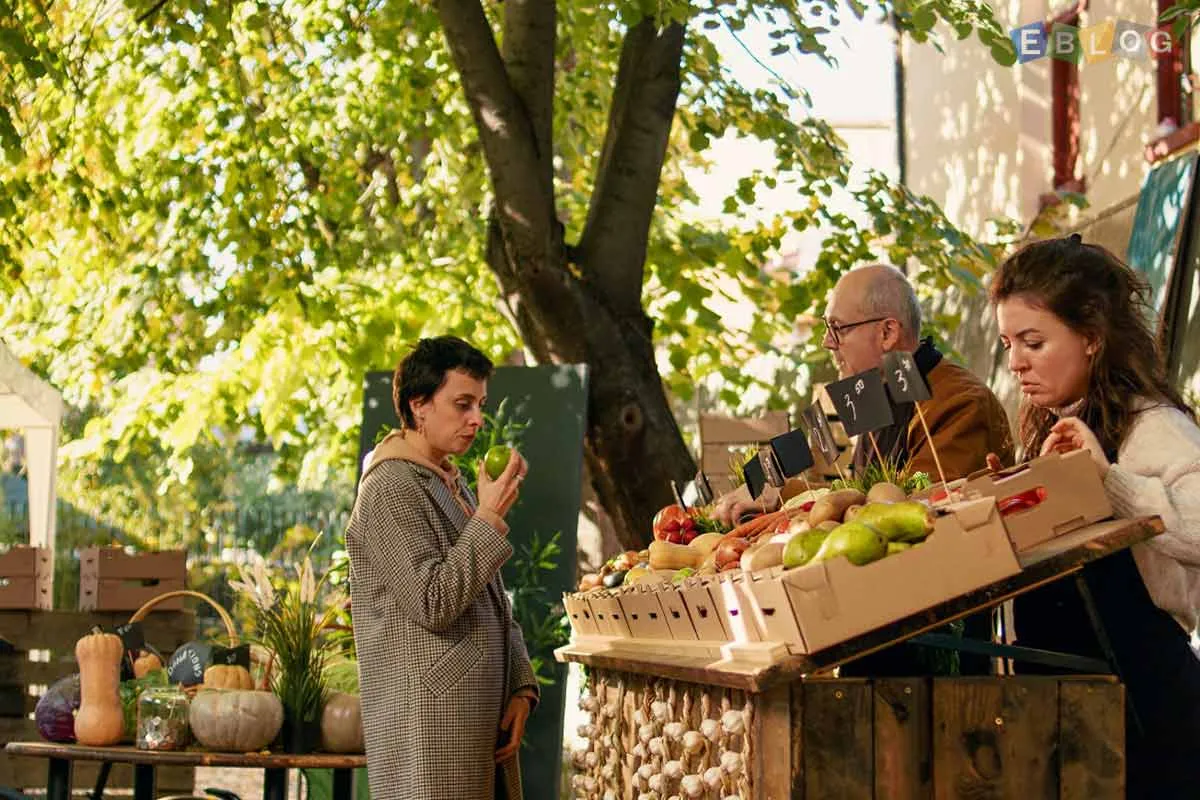

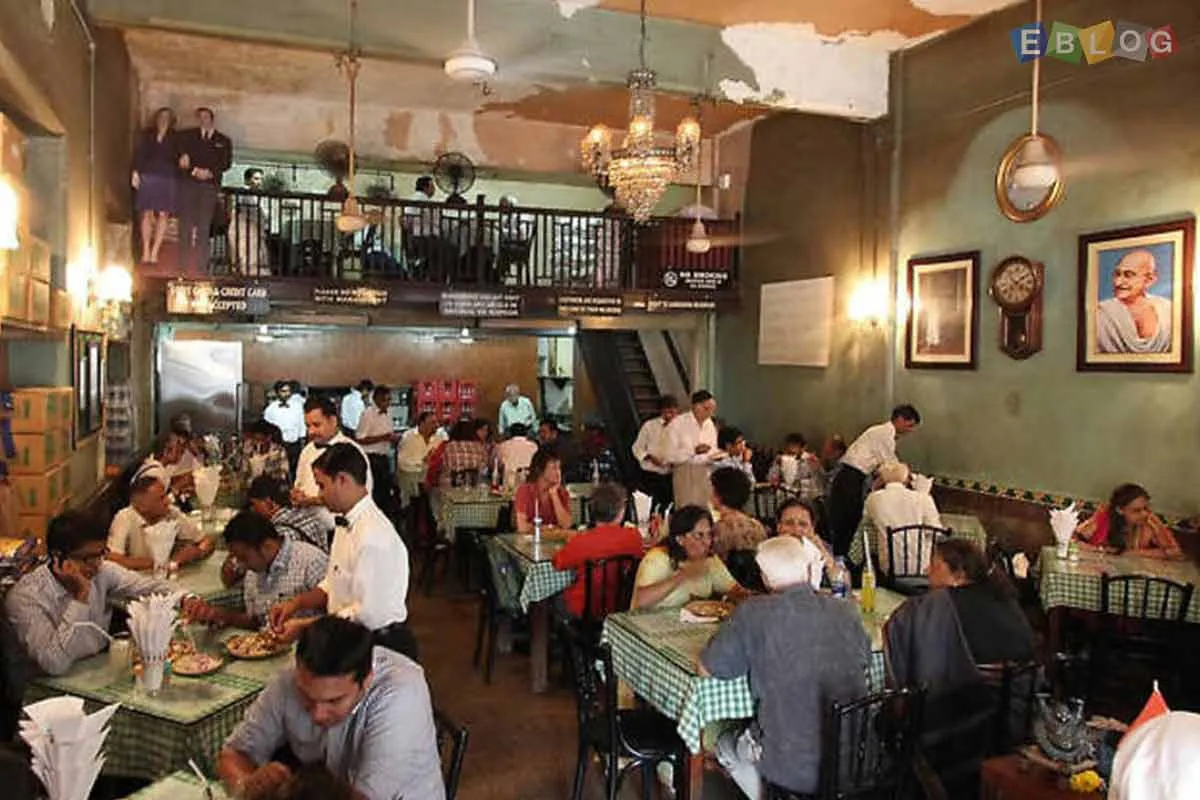

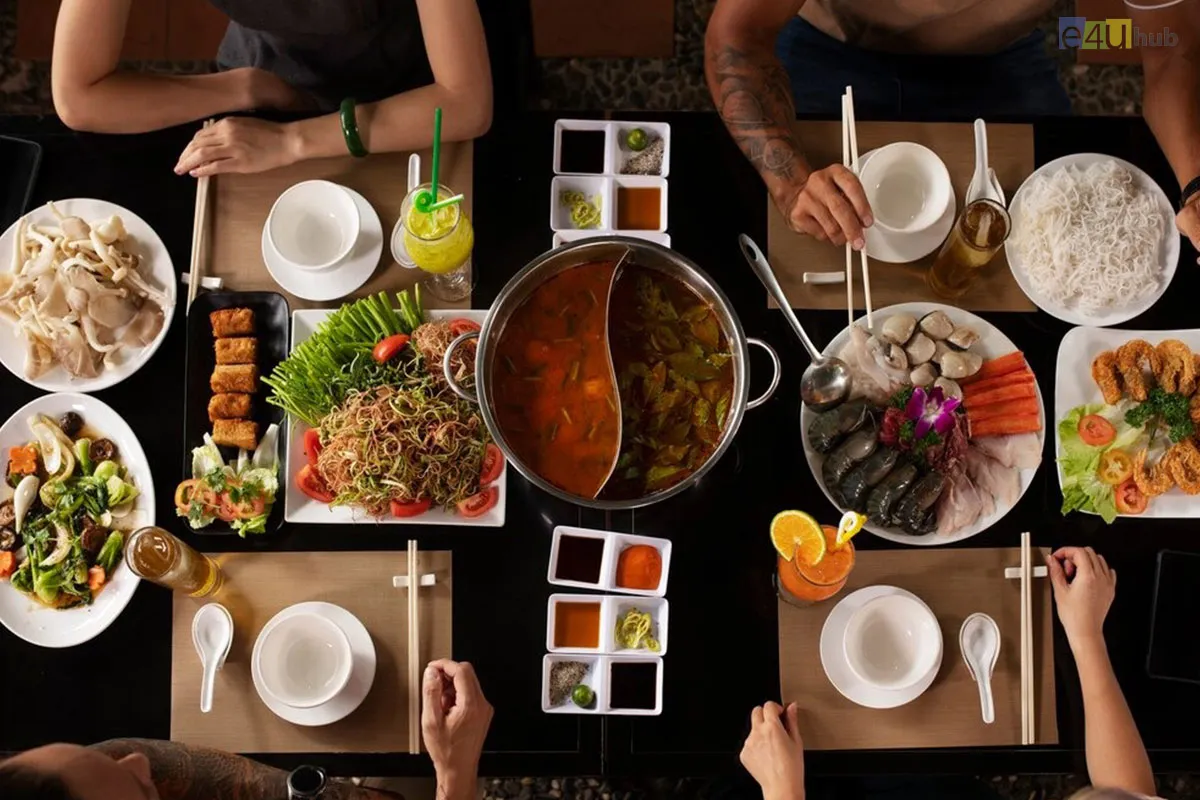
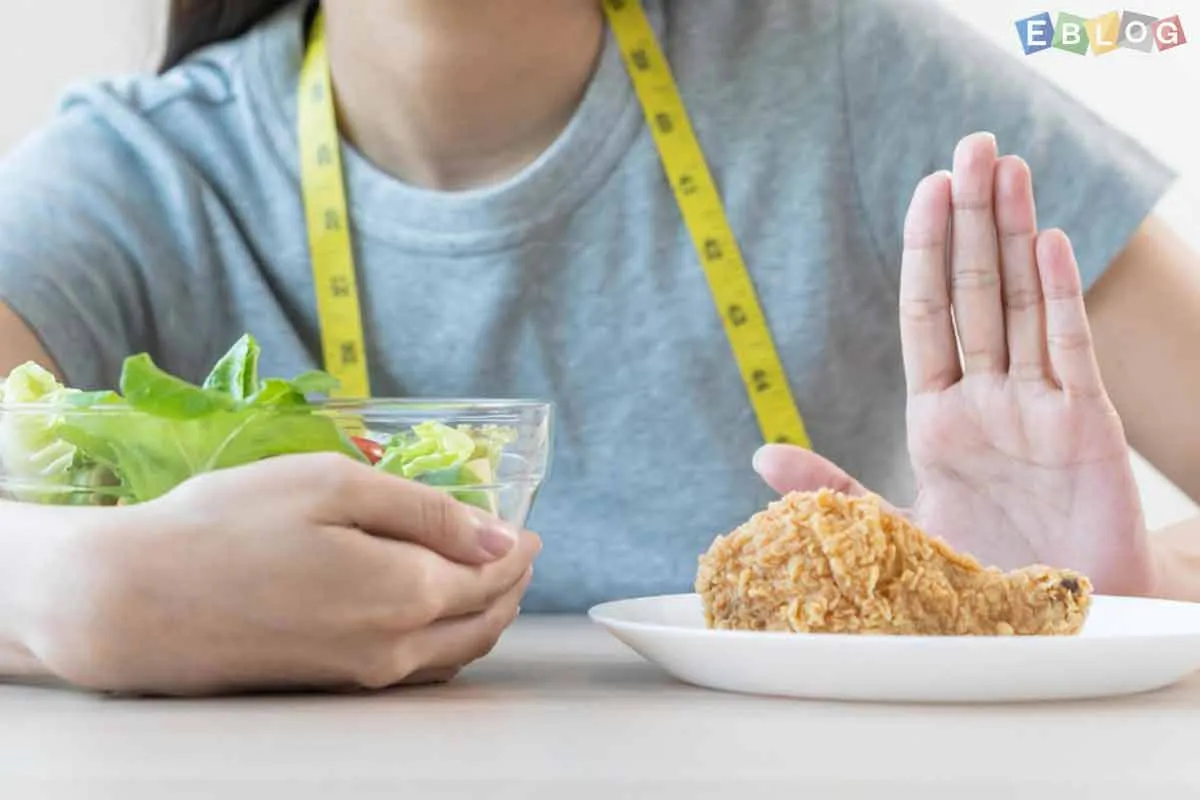
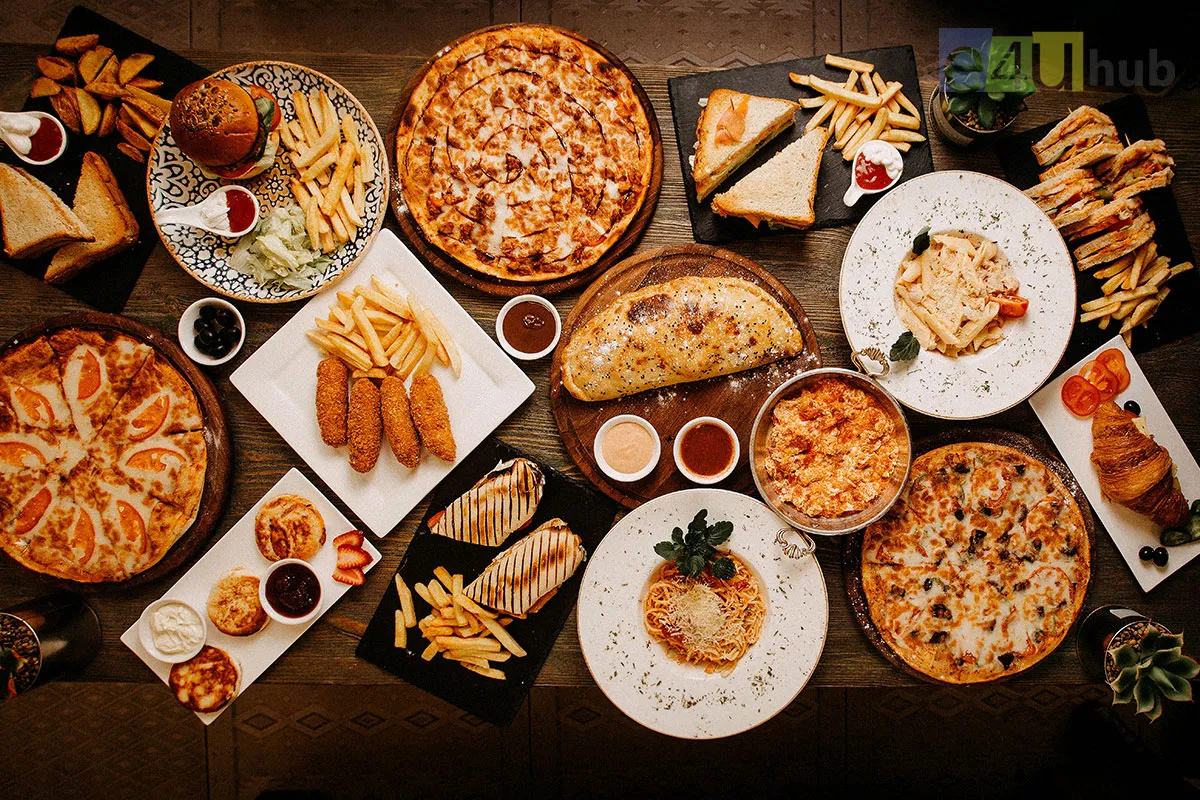
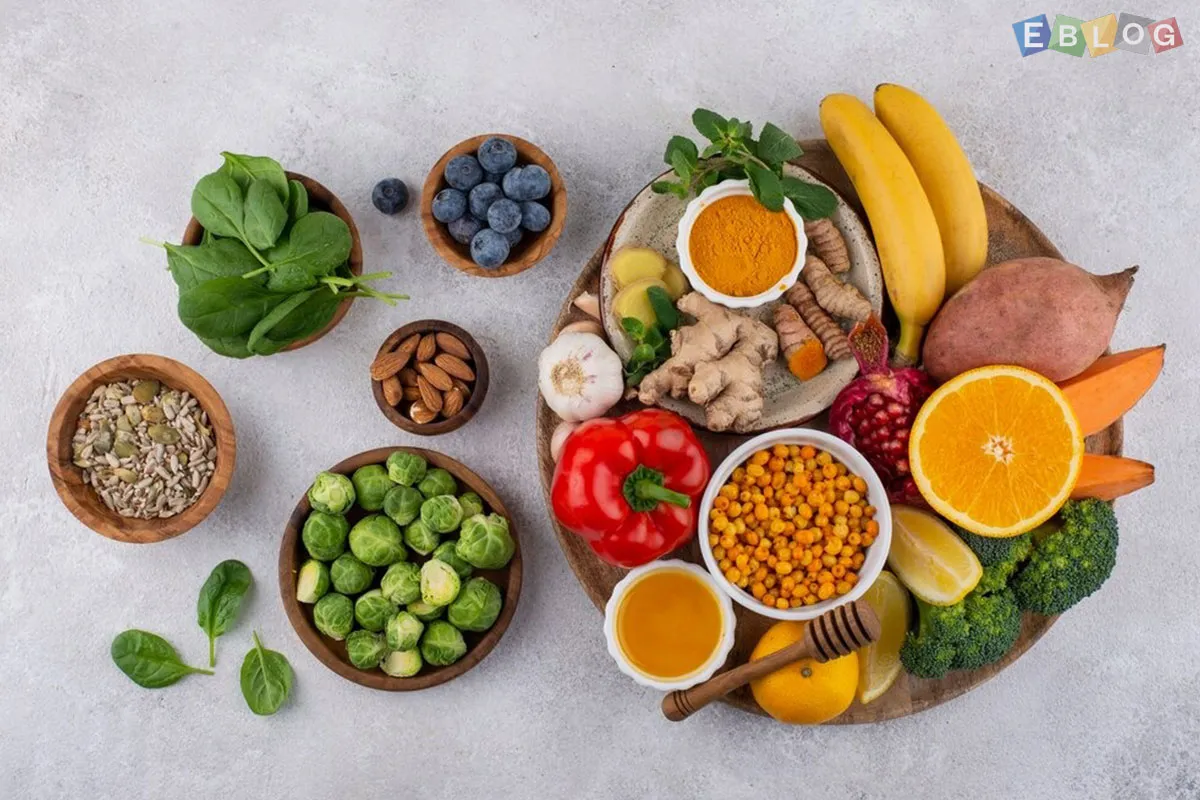
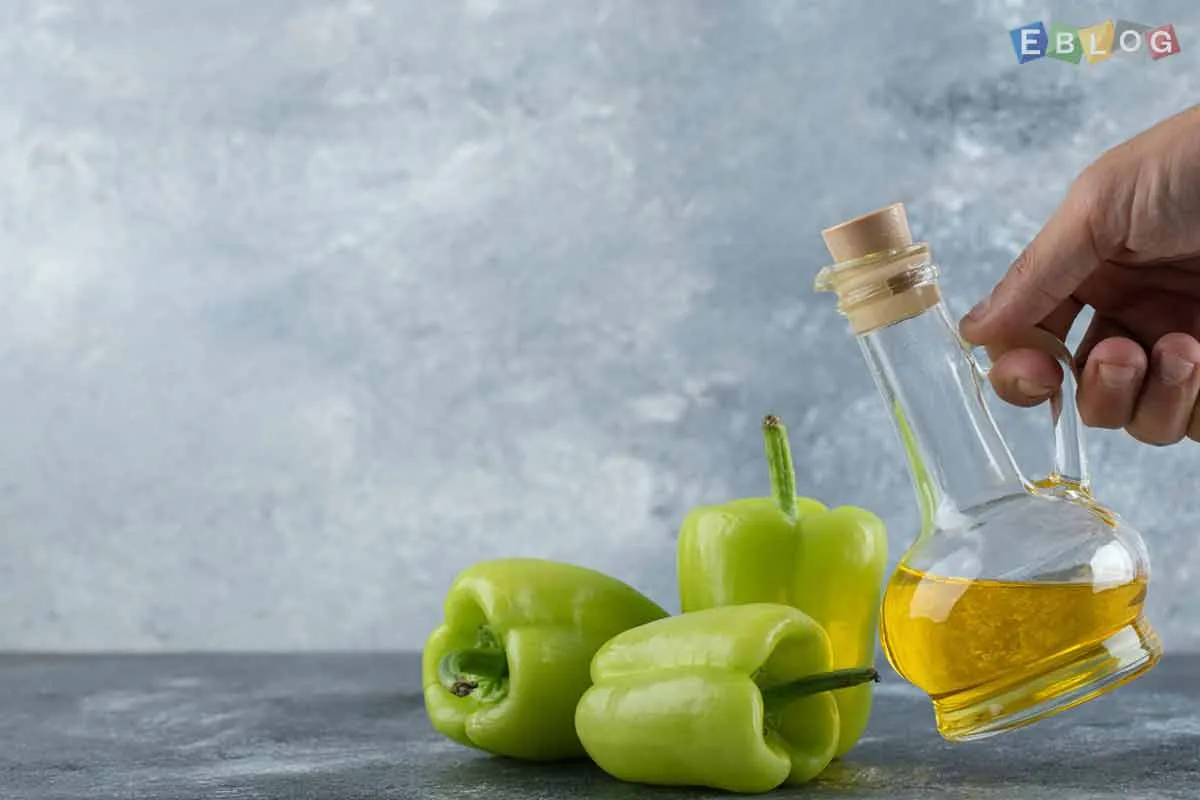



Leave a Reply